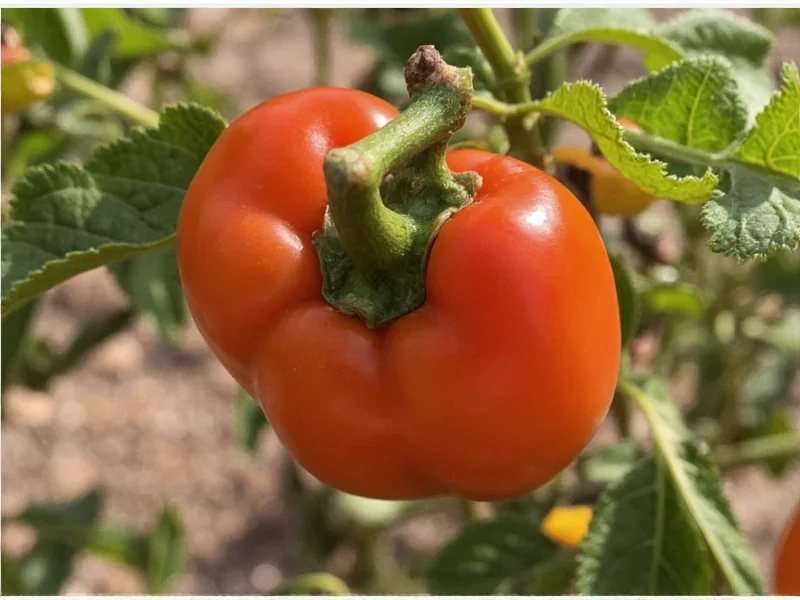The Scoville scale, developed by pharmacist Wilbur Scoville in 1912, measures the pungency or "heat" of chili peppers and other spicy foods. Originally determined through human taste testing, modern measurements use high-performance liquid chromatography (HPLC) for precise capsaicin concentration analysis. Understanding where jalapeños fall on this scale helps cooks and spice enthusiasts manage heat levels in recipes.
Understanding Jalapeño Heat Variability
Jalapeños exhibit remarkable heat variation despite their classification as a single pepper type. Several factors influence their Scoville rating:
- Stress conditions: Peppers grown in drier, hotter conditions with less water typically develop higher capsaicin levels
- Maturity: Red jalapeños (fully ripe) are generally hotter than green ones
- Seed and membrane content: The white pith and seeds contain most capsaicin
- Cultivar differences: Varieties like 'Early Jalapeño' or 'Jalapeño M' have different heat profiles
- Geographical origin: Soil composition and climate affect final heat measurement
This natural variability explains why one jalapeño might barely register on your tongue while another delivers significant heat. The same plant can even produce peppers with different Scoville ratings throughout the growing season.
Jalapeño in Context: Heat Comparison Chart
| Pepper Type | Scoville Heat Units (SHU) | Relative Heat Level |
|---|---|---|
| Bell Pepper | 0 SHU | Mild |
| Jalapeño | 2,500-8,000 SHU | Mild-Medium |
| Serrano | 10,000-23,000 SHU | Medium-Hot |
| Cayenne | 30,000-50,000 SHU | Hot |
| Habanero | 100,000-350,000 SHU | Very Hot |
Practical Implications for Cooks
Knowing the scoville for jalapeño peppers helps in recipe planning and heat management. When working with fresh jalapeños:
- Remove seeds and white membranes to significantly reduce heat while maintaining flavor
- Wear gloves when handling to prevent capsaicin transfer to sensitive areas
- Start with one pepper and adjust to taste, as individual peppers vary
- Pair with dairy products like yogurt or sour cream to counteract heat
- Understand that cooking concentrates heat initially, then diminishes it over time
For those seeking consistent heat levels, consider using jalapeño powder with standardized Scoville measurements, though fresh peppers offer superior flavor complexity. The natural variation in jalapeño heat measurement makes each cooking experience unique.
Common Misconceptions About Jalapeño Heat
Several myths persist about jalapeño heat levels. Contrary to popular belief, the number of striations (white lines) on jalapeños doesn't reliably indicate heat level. While stressed plants often produce hotter peppers, the striations themselves don't cause the heat.
Another misconception suggests that smaller jalapeños are always hotter. While size can correlate with heat in some cases, it's not a reliable indicator across different growing conditions. The most accurate way to assess jalapeño heat measurement remains tasting a small piece after proper handling.
Measuring Heat in Your Kitchen
Without laboratory equipment, you can estimate jalapeño heat through careful tasting. Start by cutting a tiny piece from the tip (least spicy part), wait 30 seconds, then assess the heat level. Remember that individual tolerance varies, so what seems mild to one person might feel hot to another.
For recipe consistency, consider rating your jalapeños on a personal scale from 1-5 before adding them to dishes. This practical approach to jalapeño scoville scale understanding helps maintain consistent results in your cooking.











 浙公网安备
33010002000092号
浙公网安备
33010002000092号 浙B2-20120091-4
浙B2-20120091-4